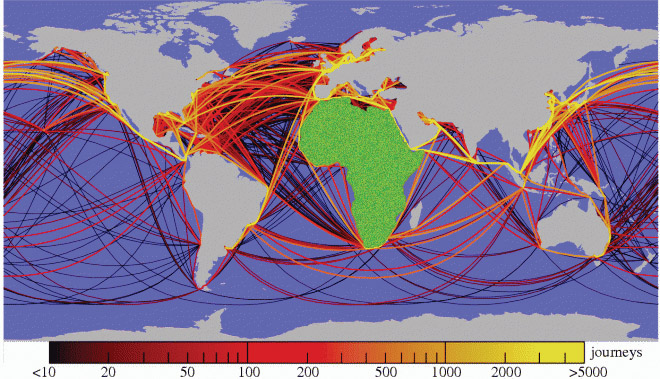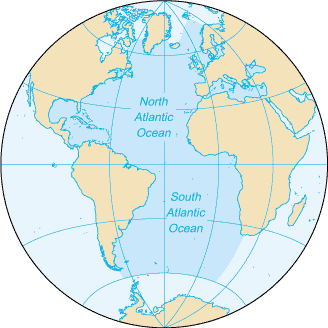
North Africa
|
|
|
North Africa Maritime Member State Country Profiles |
||
|
SOUTH SUDAN SUDAN |
||
Maritime Transport: Instability in Tunisia, Egypt and Libya has caused for a pessimistic cloud of uncertainty over North Africa's maritime trade. However, the North African Development Group has produced a report demonstrating the economic viability of the sub-region and the market place needs to look beyond the current situation and focus on the future potentials. Morocco, Algeria, Tunisia, Libya and Egypt all have major port infrastructure, Drivers for change will be through new and more dynamic and sustainable global trade links and implementation of unique projects progressed by way of the the Euro-Africa strategic partnership and associated action plans. The Mediterranean provides an energetic interface between the two continents and will enable the development and implementation of sustainable maritime safety and security measures. These will help generate new agreements and practices that will streamline systems and harmonise working conditions to the benefit of all. AMSSA will support all operations that are designed to fulfill International Convention and the development of protocols that are accountable and promote sustainable development ideals. security@amssa.net
|
||
 |
||
LANDWARD: North Africa is the northernmost region of the African continent, linked by the Sahara to Sub-Saharan Africa. Geopolitically, as a Sub-Region, the United Nations definition of Northern Africa includes eight countries or territories; Algeria, Egypt, Libya, Morocco, South Sudan, Sudan, Tunisia, and Western Sahara (which is Morocco). Algeria, Morocco, Tunisia, Mauritania, and Libya together are also referred to as the Maghreb [Maghrib]. Egypt is recognized as a transcontinental country by virtue of the Sinai Peninsula, which is in Asia. The territory of the Western Sudan is also considered a part of North Africa. The countries that make up the Middle East and North Africa have a combined population of more than 320 million and form an area of tremendous strategic and economic importance to the global community.
|
||
SEAWARD: North Africa interfaces with the Mediterranean and Lower North-Upper South Atlantic Ocean. |
||
|
||
| The Mediterranean region is defined as countries bordering the Mediterranean Sea (plus Portugal) between about 27° to 47°N and 10°W to 37°E. The Mediterranean possesses unique environmental conditions, such as climate, biological diversity and natural resources and is the largest of the semi-enclosed African and European seas. It is surrounded by 18 countries and has shores on three continents (Africa, Europe, and Asia) and has combined coastline of 46 000 km. The Mediterranean Sea has an average depth of 1.5 km, though more than 20 per cent of the total area is covered by water less than 200 m deep. The sea consists of two major basins, the eastern and the western. There are also smaller regional seas within the Mediterranean: the Ligurian, Tyrrhenian, Adriatic and Aegean seas. It is linked to the Atlantic by the Strait of Gibraltar, with the Black Sea and Sea of Azov by the Dardanelles, the Sea of Marmara and the Bosporus, and with the Red Sea by the Suez Canal. The Mediterranean Sea is characterised by low precipitation, high evaporation, high salinity, low tidal action and relatively low nutrient concentrations outside the inner coastal zone and parts of some regional seas. The countries of the Mediterranean region cover 8,759 million km2 and presently hold 427 million people. The population of the northern-rim nations will grow from 192 million in 2000 to 196 million in 2025; the population of the southern- and eastern-rim nations will grow from 235 million to 327 million. |
||
Lower North-Upper South Atlantic Ocean The countries of Morrocco and Western Sahara and also Mauritania interface with the Lower North Atlantic. These countries strategically placed to attract International transport from the Americas. The area between the North Atlantic Ocean and the South Atlantic Ocean is often referred to as the Atlantic Sea.
|
 |
|
The Atlantic Ocean is the second-largest of the world's oceanic divisions. With a total area of about 106,400,000 square kilometres (41,100,000 sq mi), it covers approximately 22% percent of the Earth's surface and about twenty-six percent of its water surface area.
|
||